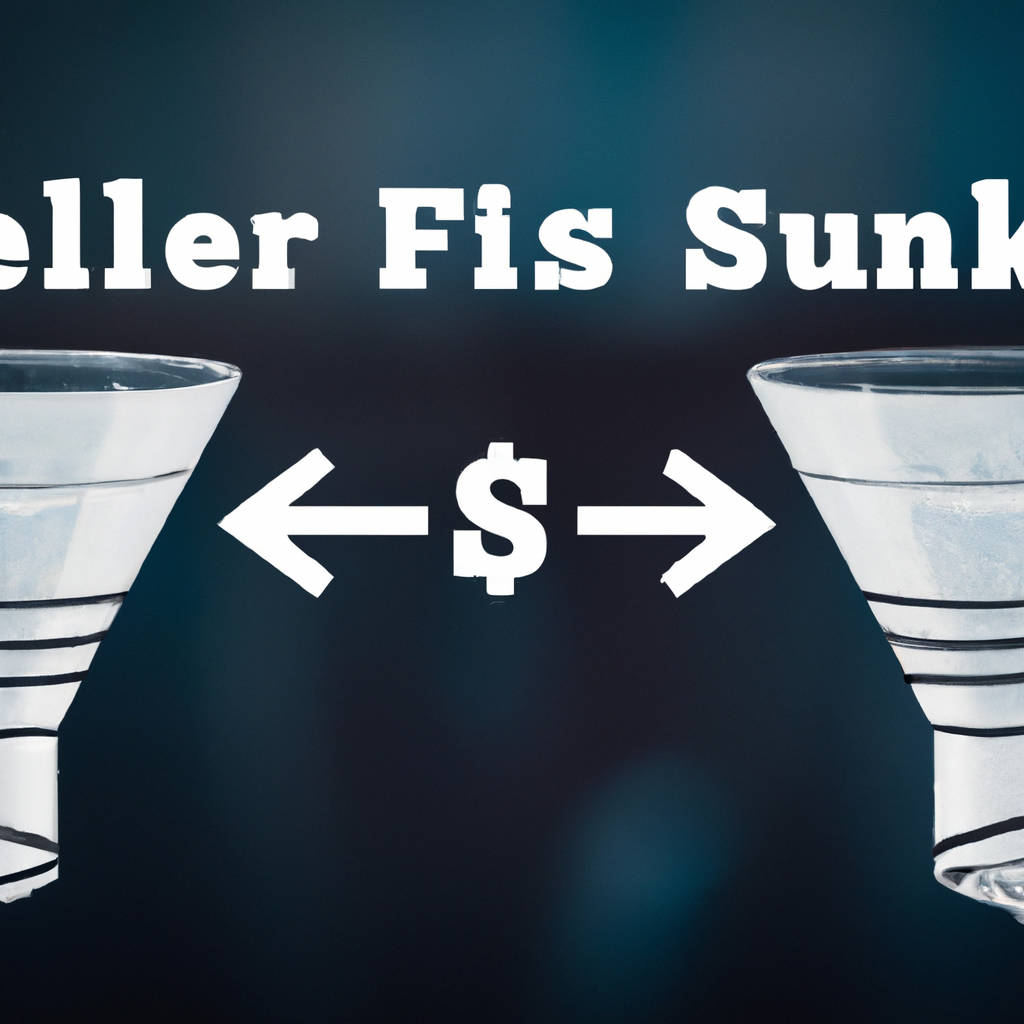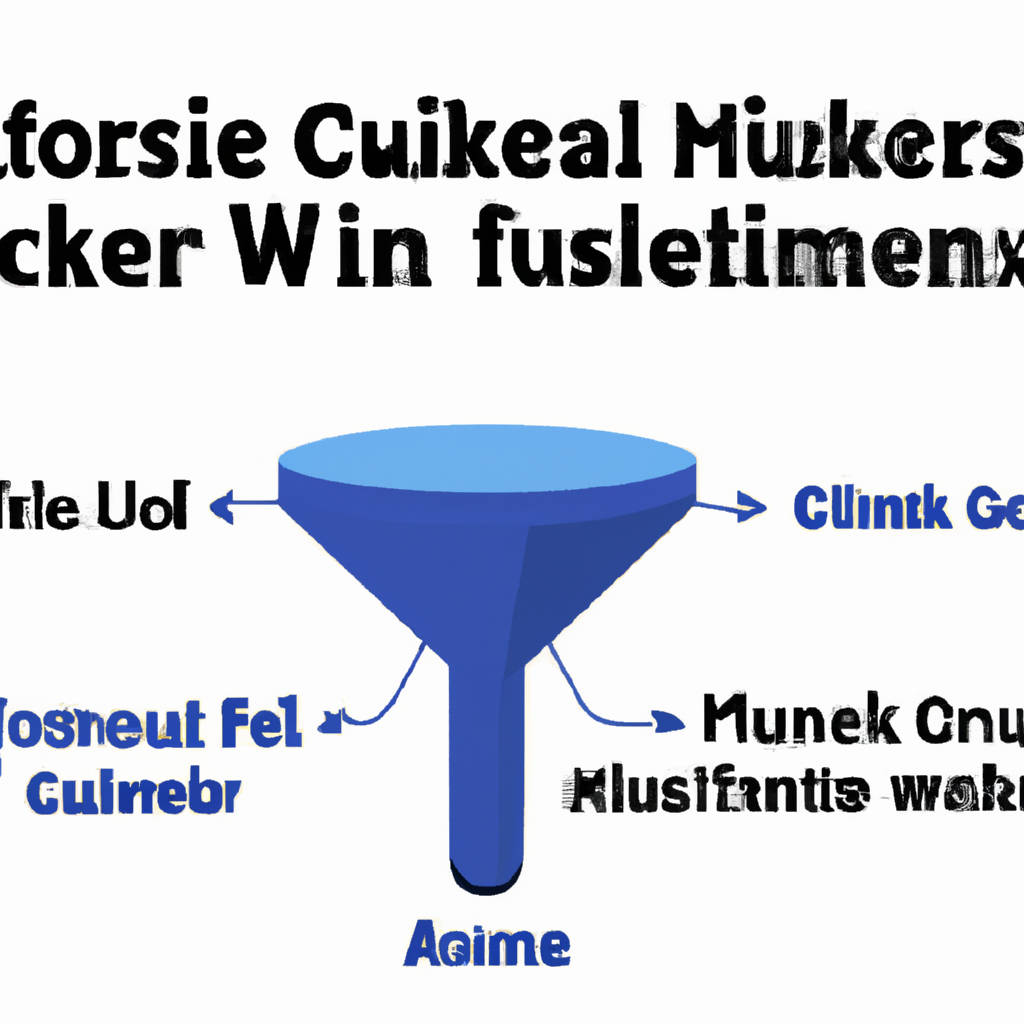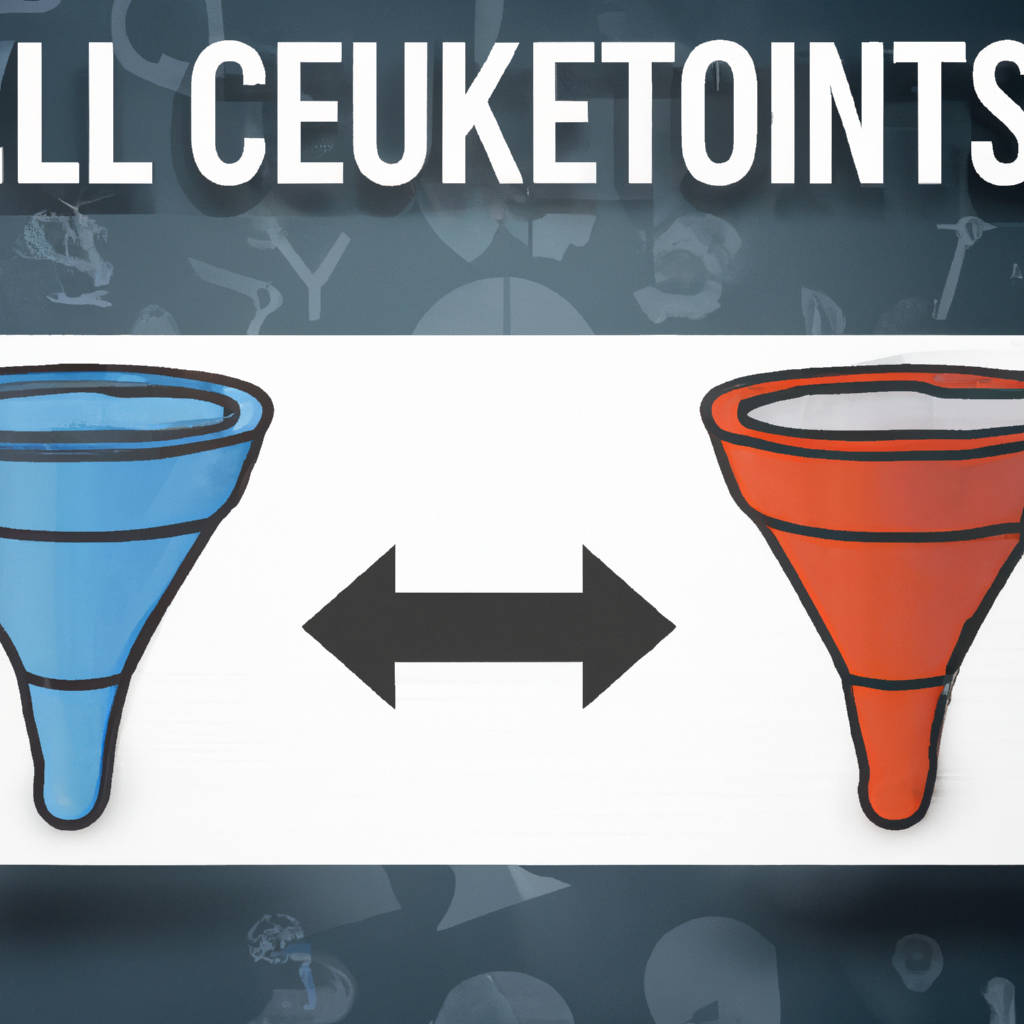Click Funnels and Sales Funnels are both popular tools used by businesses to drive leads and ultimately convert them into customers. Click Funnels is a software platform that helps businesses create and manage sales funnels online. It allows users to build landing pages, sales pages, and marketing funnels with ease. On the other hand, Sales Funnels are a series of steps that a potential customer goes through before making a purchase. While Click Funnels is a specific tool designed for creating sales funnels, Sales Funnels can be created manually without the use of any specific software.
Both Click Funnels and Sales Funnels are essential for businesses looking to streamline their marketing efforts and increase their conversion rates. The choice between the two ultimately depends on the specific needs and goals of the business. Some businesses may find Click Funnels to be more user-friendly and efficient, while others may prefer the flexibility and customization options of creating their own Sales Funnels. Ultimately, both tools serve the same purpose of guiding customers through the sales process and driving revenue for the business.

What is a click funnel?
A click funnel is a marketing strategy that involves guiding potential customers through a series of steps to ultimately lead them to make a purchase. It is a way to streamline the customer journey and make the buying process more efficient. A click funnel typically starts with a landing page or advertisement that captures the attention of the customer and entices them to click through to the next step. From there, the customer is led through a series of pages or steps that provide more information about the product or service being offered.
This process often includes upselling or cross-selling additional products or services to increase the overall value of the transaction. The goal of a click funnel is to convert leads into paying customers by gradually building trust and providing value at each step of the process. By carefully guiding customers through each stage of the funnel, businesses can increase their sales and improve their overall marketing effectiveness.
How does a click funnel work?
A click funnel is a marketing strategy that aims to guide potential customers through a series of steps, ultimately leading them to make a purchase. The process begins with attracting prospects to a website or landing page through various marketing tactics such as social media ads, email marketing, or search engine optimization. Once a visitor arrives at the landing page, they are presented with an offer or incentive to entice them to take the next step, which is typically entering their contact information.
This information is then used to nurture the relationship with the prospect through email sequences, providing valuable content and building trust. As the prospect continues to engage with the content, they are gradually led towards making a purchase through a series of well-crafted sales pages and offers. The goal of a click funnel is to streamline the customer journey, making it easy for prospects to move through the sales process and ultimately convert into paying customers. By providing valuable information and guiding prospects through each step of the funnel, businesses can increase their conversion rates and drive more sales.

Example of a click funnel
An example of a click funnel is a marketing strategy that guides potential customers through a series of steps to ultimately convert them into paying customers. For instance, a company may create a landing page with a compelling offer to entice visitors to input their email address in exchange for a free eBook. Once the visitor has entered their email, they are then directed to a thank you page where they are encouraged to follow the company on social media or share the offer with their friends.
The company can then send follow-up emails to nurture the relationship and provide further value to the potential customer. As the customer progresses through the funnel, they may be presented with additional offers or opportunities to purchase products or services. By creating a seamless and engaging experience for the customer, the company can increase their chances of converting them into a loyal customer. Overall, a click funnel is a strategic approach to marketing that aims to guide potential customers through a series of steps in order to maximize sales and conversions.
What is a sales funnel?
A sales funnel is a marketing concept that represents the journey a potential customer takes from being aware of a product or service to making a purchase. It is called a “funnel” because, like a funnel, the process starts with a wide audience at the top and narrows down as people move through the stages of the funnel. The first stage is awareness, where the customer becomes aware of the existence of a product or service. The next stage is interest, where the customer shows interest in the product or service and seeks more information. The third stage is consideration, where the customer evaluates the product or service and compares it to other options.
The final stage is action, where the customer makes a purchase. Throughout the sales funnel, businesses use various marketing strategies to guide customers through each stage and ultimately convert them into paying customers. This process helps businesses identify potential customers, understand their needs and preferences, and tailor their marketing efforts to effectively reach and convert them. By utilizing a sales funnel, businesses can streamline their marketing efforts, increase their conversion rates, and ultimately boost their sales and revenue.

How does a sales funnel work?
A sales funnel is a marketing strategy that helps businesses guide potential customers through the purchasing process. The funnel is divided into different stages, starting with awareness and ending with the purchase of a product or service. At the top of the funnel, businesses attract leads through various marketing channels such as social media, email campaigns, and content marketing. As leads move through the funnel, they are provided with more information about the product or service, building trust and interest. The goal is to nurture leads and ultimately convert them into customers.
The middle of the funnel is where leads are evaluated and engaged with personalized content and offers. Finally, at the bottom of the funnel, leads are encouraged to make a purchase through targeted messaging and incentives. By understanding the customer journey and tailoring marketing efforts to each stage of the funnel, businesses can effectively move leads through the process and increase sales. This systematic approach to selling allows businesses to track and analyze customer behavior, making it easier to identify areas for improvement and optimize the sales process. Ultimately, a well-designed sales funnel can help businesses increase revenue and build long-term relationships with customers.
Click funnels vs. sales funnels
Click funnels and sales funnels are two different marketing strategies used by businesses to attract and convert customers. Click funnels focus on using technology and automation to drive sales through online platforms and websites. These funnels are designed to capture leads and guide them through a series of steps to ultimately make a purchase. Sales funnels, on the other hand, are more traditional and rely on human interaction and relationship-building to close deals. Sales funnels involve personal interactions with potential customers, such as phone calls or in-person meetings, to build trust and close the sale.
While click funnels are more efficient and scalable, sales funnels can be more personalized and effective in certain industries. Ultimately, the choice between click funnels and sales funnels depends on the business’s goals, target audience, and resources. Some businesses may benefit from using a combination of both strategies to maximize their sales potential. It is important for businesses to carefully evaluate their marketing needs and choose the approach that will best help them achieve their goals.

Starting Your Sales Strategy
Developing a successful sales strategy is crucial for any business looking to increase revenue and grow their customer base. One key aspect of starting your sales strategy is to clearly define your target market and ideal customer profile. Understanding who your ideal customers are will allow you to tailor your sales approach to meet their specific needs and preferences. Additionally, conducting thorough market research to identify potential opportunities and threats in the marketplace will help you better position your products or services.
Once you have a clear understanding of your target market, it is important to establish measurable sales goals and objectives. Setting specific, achievable goals will provide your sales team with a clear direction and motivation to drive results. In addition, creating a structured sales process that outlines the steps from prospecting to closing deals will help streamline your sales efforts and improve efficiency. It is also important to leverage technology and data analytics to track and measure the effectiveness of your sales strategy.
By utilizing tools such as customer relationship management (CRM) software and sales analytics platforms, you can gain valuable insights into customer behavior and sales performance. Finally, ongoing training and development for your sales team is essential to ensure they have the skills and knowledge needed to effectively execute your sales strategy. By investing in continuous learning and improvement, you can drive sales growth and achieve long-term success for your business.
